Himalayan Cats 101: Their Story & All You Need to Know
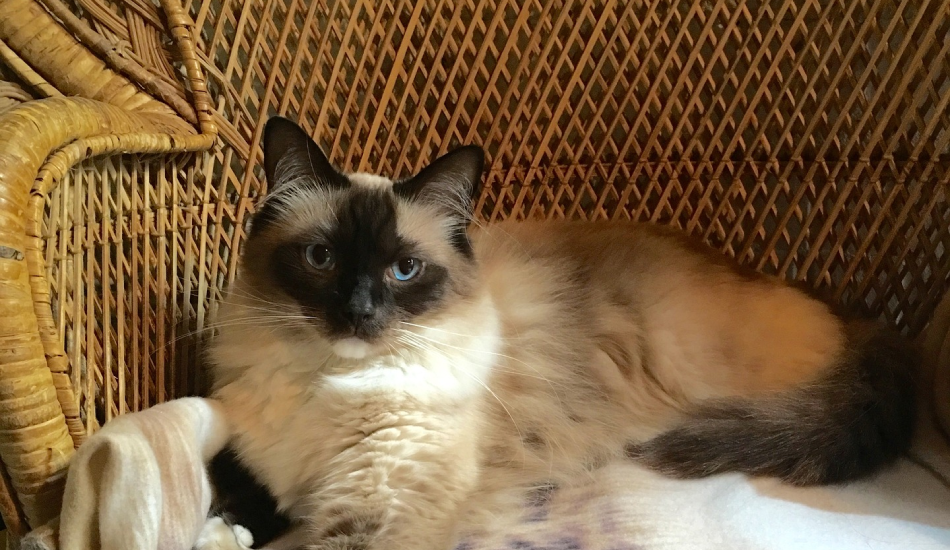
The Himalayan Cat is a Persian Cat breed type, also known as the Colorpoint Persian. They appear as if a Persian cat is wearing the clothes of a Siamese Cat. Regardless of how they might seem, Himalayan cats are actually quite a gentle and adorable breed of purries making them ideal for living as pets with humans as well.
|
Size |
Medium to Large, with males weighing 9 to 14 pounds and females weighing 7 to 11 pounds |
|
Coat |
Long, Thick, Glossy |
|
Colour |
Gray, Blue, Chocolate, Lilac, Creme |
|
Average Lifespan |
15-20 years |
|
Features |
Short snout, round eyes, chubby cheeks |
The Story
The story of the Himalayan cat began in the 1950s when the cat breeders in the west started ideating on creating a unique cat breed by mating the Persian purries with the Siamese purries. These breeders from North America and Britain started exploring and studying the Siamese Cat and Persian cat patterns. After a decade of exploration and experimentation, these breeders were successful in creating the perfect cat with Siamese-like pointed pattern and the overall appearance of a Persian purry. This breed came to be known as the Himalayan Cat Breed and the rest is history as we know it.
What’s a Himalayan Cat Breed Like?
Temperament
Himalayan Cats are easygoing, gentle, and loving purries who love to lounge around in various corners of the living room, on the sofa, the couch. They enjoy being petted by their pawrents and loved ones rather than prancing about or indulging in mindless exploration. A Himalayan is comfortable around children and other animals, but they do not like to be picked at. If they are not disturbed, they are happy cats. They do not enjoy too many activities or workouts and love birdwatching to pass their time. You can keep some cat toys around to play with them when they get bored.
Features
Since Himalayan cats hail from the family of Persian breeds, hence, the eyes of purebreds are bright blue in color. The breed can be identified by their soft squashed facial appearance, short snout, bright round eyes, and beautiful chubby cheeks.
Colors
The coat of a Himalayan purry is long, thick, and dense with a fine luster. The patterns and features are sharp which means a pointed nose, ears, and tail. The rest of the body is in a lighter tone. Some of the prominent colors in which Himalayan purries can be spotted are Gray, blue, Lilac, Chocolate, and Crème.
Shedding
Owing to their long, furry coat, the Himalayan Cat tends to shed a lot during the shedding cycle. You can manage this through regular professional pet grooming at a salon combined with daily brushing at home. Through daily brushing, you can avoid the formation of tangles and matting. Regular brushing will also brush off any loose hair thereby avoiding the presence of fur follicles all over the place.
Their Overall Health
Being a Persian variation, Himalayan Cats are brachycephalic which means they have smushed airways due to their pressed faces. Owing to these flat faces, they can have respiratory disorders. Other common medical conditions spotted in a Himalayan kitty are Polycystic kidney disease (PKD), ringworms due to their long furry coat, & skin rash, itching, and alopecia.
When to Visit the Vet?
This goes for every purry. To maintain the health and safety of our purries, taking them to regular vet visits is recommended. Similarly, take your Himalayan kitty for regular vet visits, particularly when they exhibit any unusual symptoms.
Take them to the vet for regular vaccinations and to keep track of their development during the kitten phase. Adult Himalayan kitties can be taken to the vet on a yearly basis to update their vaccination chart, do basic blood work, and do other routine checkups as advised by the vet.
At a senior age, your Himalayan would require a visit to the vet at least once every 6 months to get them checked for conditions like poor vision, hearing loss, or any other effects of aging.
You can also avail online vet consultation.
Caring for a Himalayan Cat
Coat Care
The coat of a Himalayan purry is high maintenance owing to the heavy shedding that happens during shedding seasons. It requires daily care and upkeep. Apart from getting a Himalayan kitty groomed once every month or two, you could comb their fur daily to remove loose dead hair, stimulate blood circulation and remove any tangles.
Daily brushing also helps keep a close eye on any tick or flea infestation in the purry’s coat. Even if your kitty stays indoors, they can be prone to tick, flea, and worm infestation. Regular deworming along with exercising preventive methods against ticks and fleas is important.
Dental Hygiene
It is common for kitties to suffer from dental diseases at some phase in their lives. Poor dental hygiene is the main cause of these issues. One of the best tools at home to maintain your purry’s dental health is regular teeth brushing. Adapt them to teeth brushing from an early age. For this, you can try methods like,
- Getting teeth cleaning done by your vet
- Giving them dental chew toys and treats
- Getting feline rinses done for the cat’s teeth
Paw Care
Himalayan cats can grow sharp long claws; hence it is advised to trim their claws once every 2-3 weeks to keep them comfortable and to prevent them from unintentionally injuring themselves and anyone around them. It is best to get the paw care done by a professional pet groomer only as any mistake can result in your kitty going through a bloody and painful experience.
Choosing the Right Food for Himalayan Cats
Go for good quality pet food for your purry that is prescribed by a vet as per their weight, size, and breed. Usually, cat food is served at an interval of 8 to 12 hours. Cats prefer it when the food is free-fed to them, however, constant access to food can also lead to overeating in some cats. This may differ from purry to purry. You can take a call based on your kitty’s individual needs.
Pick dry food for free-feeding as the wet food when left out for long, may attract food-borne bacteria. Nonetheless, wet food is ideal for Himalayan purrries who are picky about food.
It is ideal to seek your purry’s vet’s advice on the kind of diet and food to put your purry on.
To explore cat toys, cat treats, and cat food for your Persian purry, get in touch with our experts who will guide you to the right products and services. You can also shop directly with us from the website or the Zigly App. When it comes to pets’ care, with Zigly #NoCompromise.










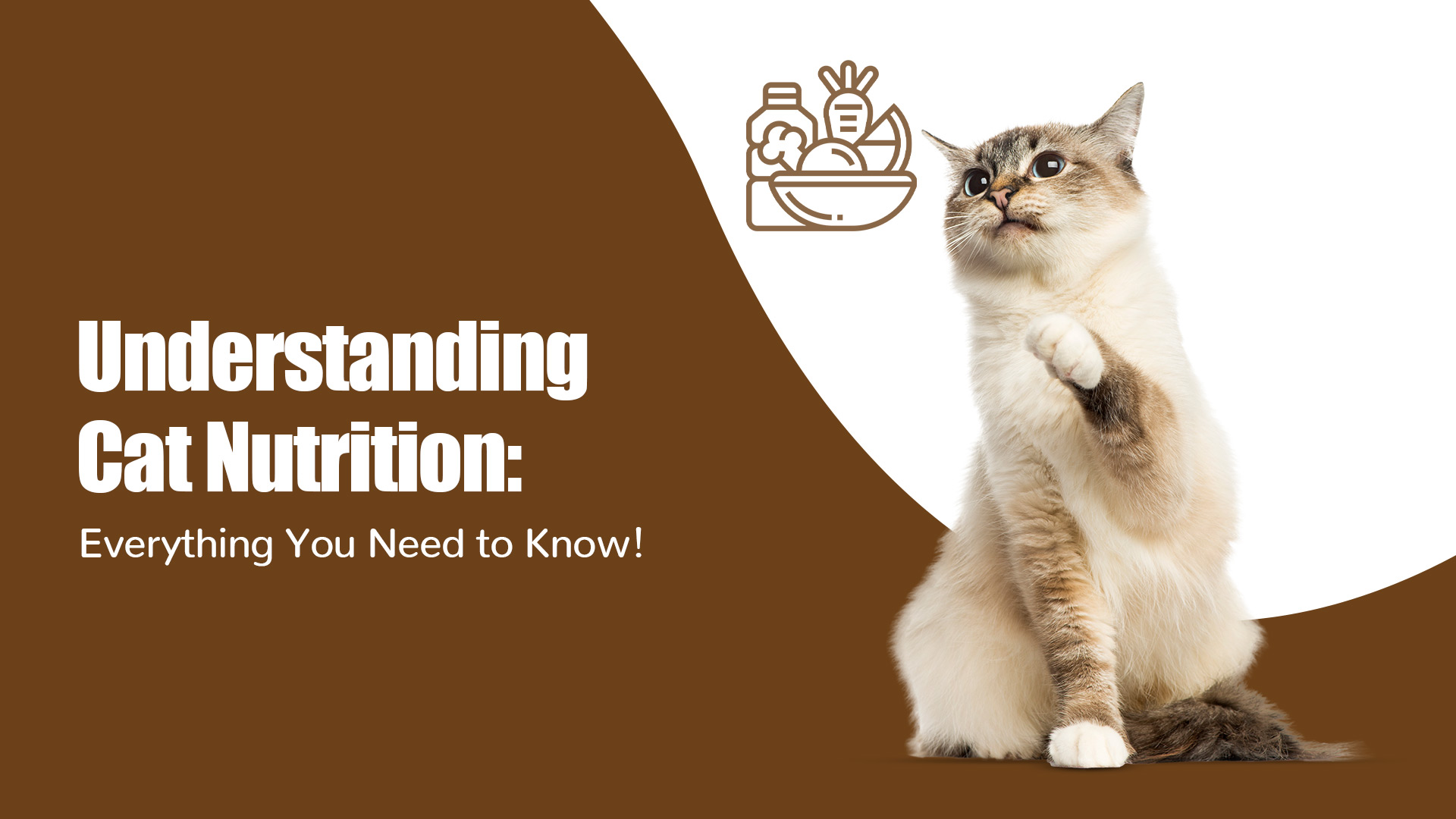
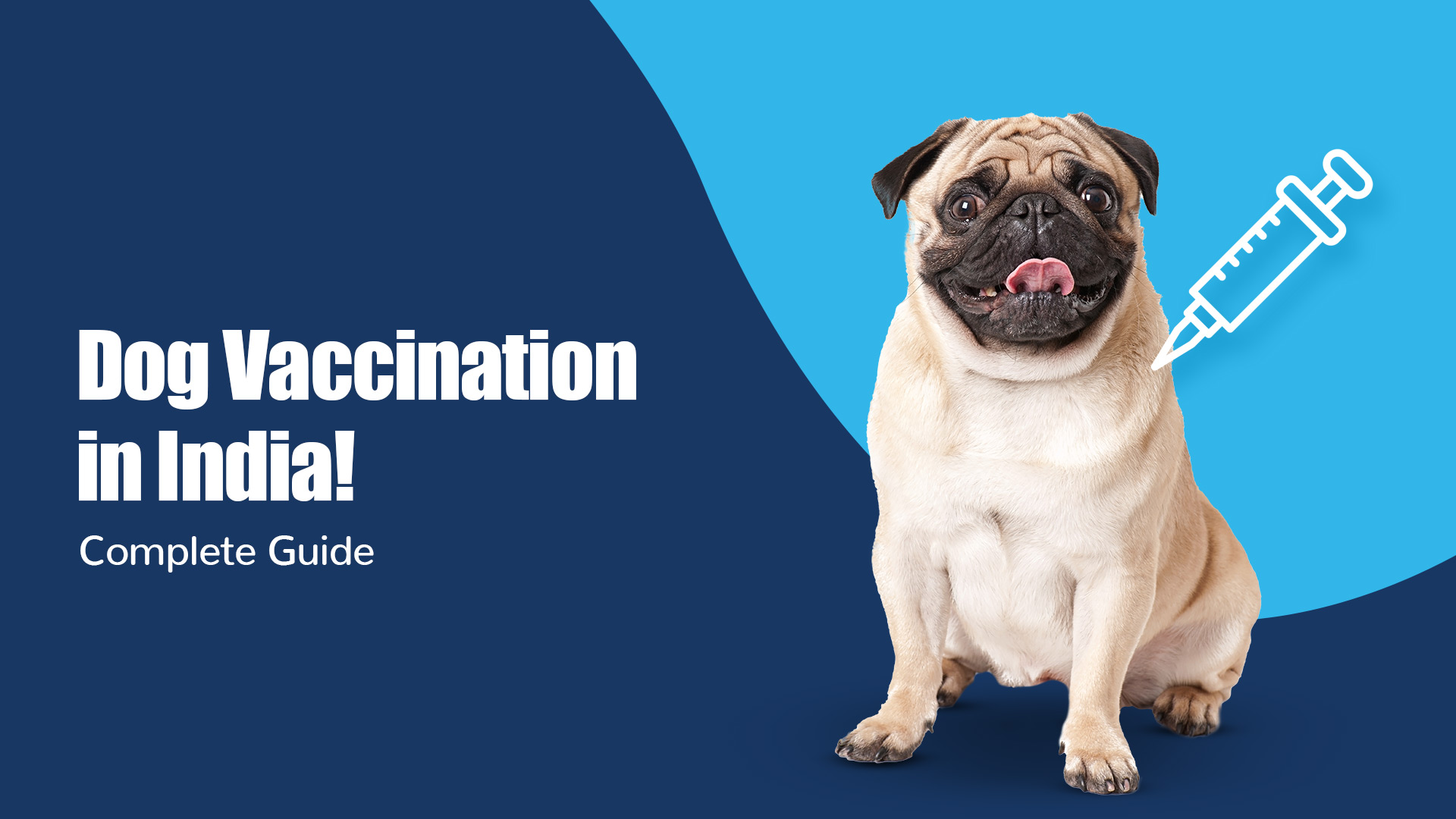
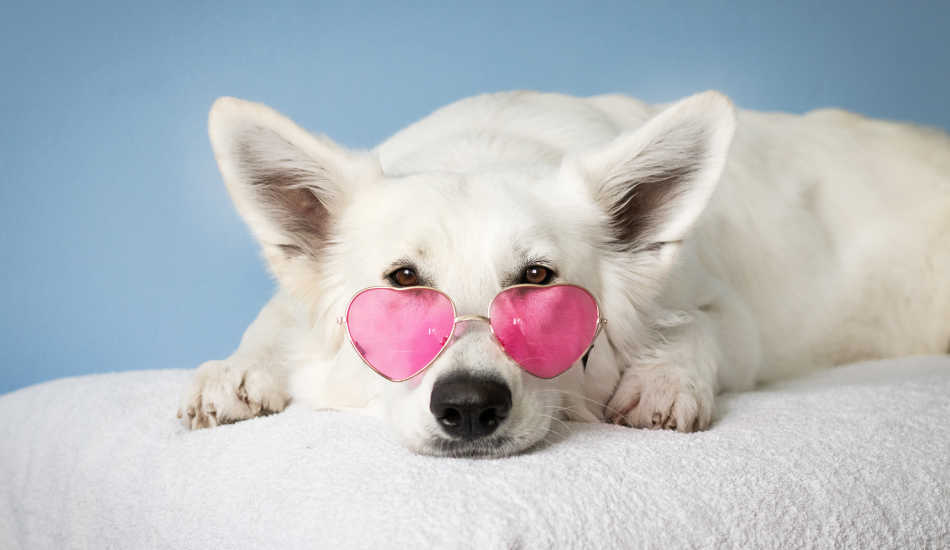
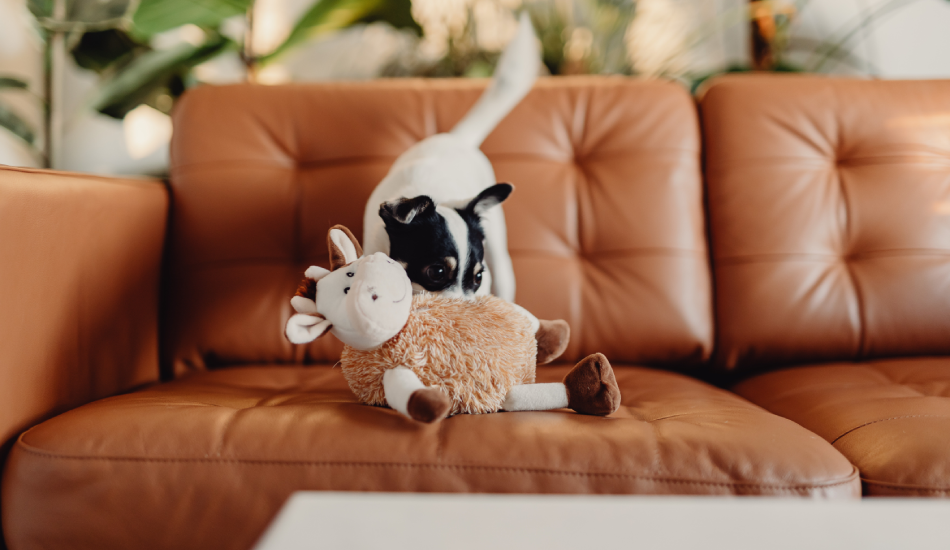



The information below is required for social login
Create New Account